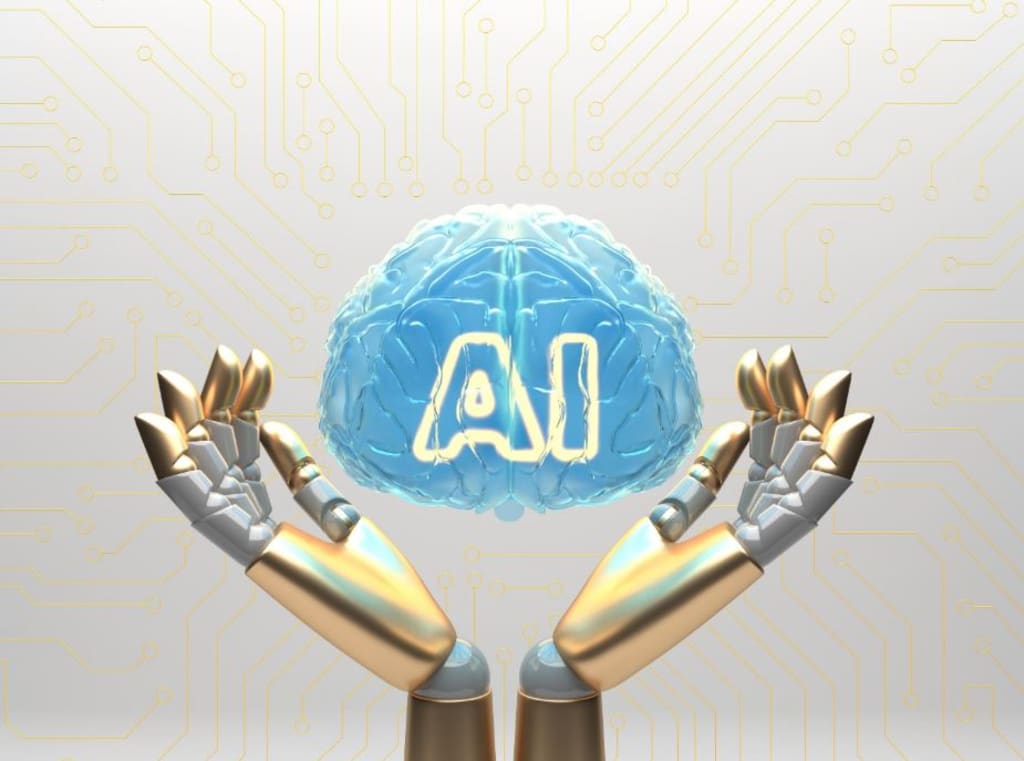How AI Can Help Reduce Customer Churn
And How You Can Implement It!

Artificial intelligence (AI) is one of the hottest topics in business circles and beyond. Even though the technology is developing in unknown ways, with no clear vision where the whole affair will end — in the words of its makers, businesses are still in a rush to adapt to new trends.
As a matter of fact, AI is already influencing organizational planning and execution, with some departments reaping considerable benefits (customer support, for example). So, it’s no shock that this has become a rather hot topic as of late.
We’ll hereby focus on a couple of arguable benefits of the technology. We can see how it can be used in reducing customer churn and other contexts.
Let’s get started!
Where Can AI Be Implemented?
Presently, AI may be used to improve the following processes (keep in mind that the list is not definite, for reasons mentioned above):
● Automated response
● Process automation
● Security surveillance
● Virtual assistance
● Conversation (chatbots)
● Social media monitoring
● Dynamic price optimization
One of the greatest benefits of AI is reinforcement of organizational planning. It’s a no brainer, given that the technology is capable of processing large volumes of data — a feat humans simply cannot hope to rival.
That’s where the biggest fears stem from, as it were, as many people are scared out of their wits of AI taking over their jobs.
It may be impossible to predict the future, but as things stand now, AI is being used to strengthen critical processes. The change is happening too fast and appears to be overly complicated, but it is what it is. Grab what’s there for the taking and implement parts that can streamline your processes istead of complicating them.
AI Is Boosting Data-Driven Organizational Decisions
It’s not a secret that big data drives all corporate processes. AI has been used to assist with a few aspects of the process as data-driven decisions have found their way into typical commercial settings of businesses in multiple countries.
As mentioned above, people simply cannot hope to rival AI in this department (and neither they should). AI can analyze insights much more quickly than humans — it’s a fool-proof fact. Data processing is what computers were originally meant to help with, so why not embrace this more sophisticated new tech to step up the process?
To that end, AI has been deployed in multiple industries, fields, and processes, the most notable ones of which are:
● Data insights
● Isolating trends
● Identifying changes in patterns
● Performing deep-scale analysis
● Predicting key business metrics
● Performing deep-content analysis
● Creating detailed reports
● Detecting changes in customers’ behavior
● Improving customer service
One particularly important aspect of using AI in the business setting is AI automation, so let’s expand a bit.
AI Automation
In the workplace, automation is often associated with AI. In most cases, this is the exact case.
Time-consuming manual processes and tasks that can be efficiently optimized can be streamlined with the help of AI automation. The use of AI in routine office work is quite advantageous.
Monitoring project stages, for example, can be significantly simplified by AI automation. Another huge change for the better is AI automation for frontline tasks. Frontline teams now have access to a whole new world of opportunities due to AI’s relative proficiency in chatbots and virtual assistance.
AI in Facility Maintenance
Facility maintenance can use all the assistance it can get and AI has seemingly come to the rescue.
In fact, AI has been deployed in the format nowadays known as the Internet of Things (IoT).
The IoT capability checks whether assets are operating properly by comparing historical data with the current performance data. It reports the findings, making it considerably easier for maintenance staff to act quickly and address urgent aspects of this complex process.
To be fair, IoT sensors are certainly not ideal but things are progressing quickly. For the time being, they can help with a number of delicate procedures, such as:
● Establishing baselines for asset performance indicators
● Determining upper and lower limits of asset performance
● Collecting utilization data
● Transmitting data to AI-empowered software
AI in HR
The potential for AI to assist the HR department is enormous. By reviewing resumes, selecting the greatest matches, and offering the best training programs based on individual preferences, it may, for instance, speed up the hiring process and onboarding.
To top it off, AI is also capable of scheduling interviews on its own, answering questions in real-time, and generating feedback automatically.
Finally, AI can help with calculating and observing taxes and payrolls, which is particularly appreciated in large businesses.
What Will the Future Bring?
As is usually the case, the future is shaded in a veil of mystery. Nowhere is that as apparent as in the case of AI, which has fervent supporters and eloquent opponents, some of whom are the chief engineers who have previously worked on its development.
The main concern is the unpredictability of the technology, so let’s hope AI will be used to further the well-being of everyone.
Notwithstanding these concerns, AI is developing rapidly, with more and more uses being presented to worldwide audiences literally every couple of days.
Businesses can already improve a number of processes with this arguably prospective new tech, so consider the points discussed hereby and see if you can use AI automation.
Keep in mind that the deployment of AI absolutely must be coupled with appropriate training as it has been shown that people are in fear of the technology rendering their jobs obsolete.
About the Creator
Angela Ash
Angela Ash is a writer and editor, and is also the Content Manager for Flow SEO.
Enjoyed the story? Support the Creator.
Subscribe for free to receive all their stories in your feed. You could also pledge your support or give them a one-off tip, letting them know you appreciate their work.






Comments
There are no comments for this story
Be the first to respond and start the conversation.